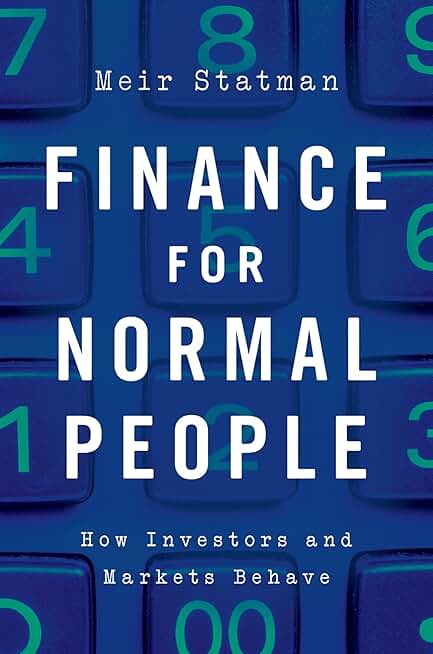
description
eaches behavioral finance to people like you and me - normal people, neither rational nor irrational. We are consumers, savers, investors, and managers - corporate managers, money managers, financial advisers, and all other financial professionals. The book guides us to know our wants-including hope for riches, protection from poverty, caring for family, sincere social responsibility and high social status. It teaches financial facts and human behavior, including making cognitive and emotional shortcuts and avoiding cognitive and emotional errors such as overconfidence, hindsight, exaggerated fear, and unrealistic hope. And it guides us to banish ignorance, gain knowledge, and increase the ratio of smart to foolish behavior on our way to what we want. These lessons of behavioral finance draw on what we know about us-normal people-including our wants, cognition, and emotions. And they draw on the roles of these factors in saving and spending, portfolio construction, returns we can expect from our investments, and whether we can hope to beat the market. Meir Statman, a founder of behavioral finance, draws on his extensive research and the research of many others to build a unified structure of behavioral finance. Its foundation blocks include normal behavior, behavioral portfolio theory, behavioral life-cycle theory, behavioral asset pricing theory, and behavioral market efficiency.
member goods
No member items were found under this heading.
Return Policy
All sales are final
Shipping
No special shipping considerations available.
Shipping fees determined at checkout.







